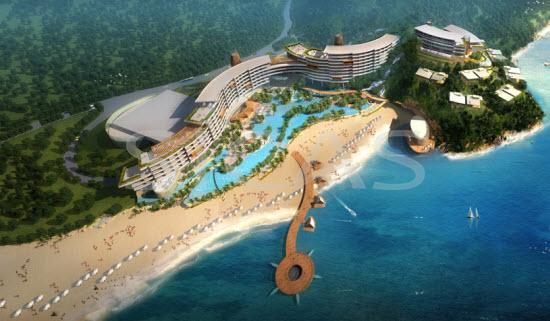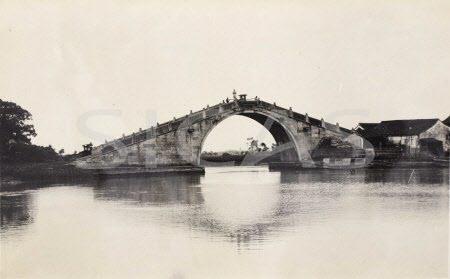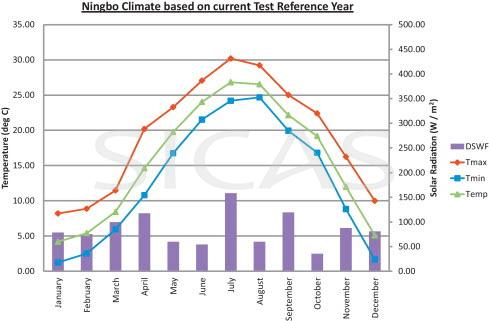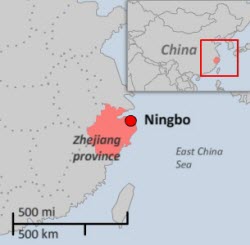 |
Located in Zhejiang Province about an hour and a half from the Provincial capitol, Hangzhou, lies the beautiful city of Ningbo. Nestled on the junction of three rivers, Ningbo is one of China’s often overlooked, yet treasured tourist destinations. It is a beautiful, clean, pretty and modern city, dotted with tourism gems that attract like diamonds on a velvet cloth. Ningpo, is a seaport city in the northeast of Zhejiang province, People's Republic of China. Holding sub-provincial administrative status and separate state-planning status, as of the 2010 census, the city has a population of 7,605,700 inhabitants, 3,491,000 of whom reside in the urban area which consists 6 districts. It lies south of the Hangzhou Bay, facing the East China Sea to the east. Ningbo borders Shaoxing to the west and Taizhou to the south, and is separated from Zhoushan by a narrow body of water.
History
Ningbo is one of China's oldest cities, with a history dating back to the Hemudu culture in 4800 BC . Once known as Mingzhou. Ningbo was known as a trade city on the silk road at least two thousand years ago, and then as a major port, along with Yangzhouand Guangzhou in the Tang Dynasty; thereafter, the major ports for foreign trade in the Song Dynasty.
Ningbo then became a crucial trading port during the Ming Dynasty. During the Qing dynasty, western scholars described Ningbo as a center of workmanship and industry, and some western churchman set up a Presbyterian Church in Ningbo. The Ningpo College was mangaged by Rev. Robert F. Fitch.
After the establishment of Republic China, with the faverable polocies and the help of oversea Ningbo people,Ningbo began to develop rapidly and now it becomes the second largest city in Zhejiang province.What’s more, it is one of three economic centers.
Location and climate
The city proper of Ningbo is sandwiched between the ocean and low-lying mountains to the southwest, with coastal plain and valleys in between. Important peninsulas include the Chuanshan Peninsula, located in Beilun District and containing mainland Zhejiang's easternmost point, and theXiangshan Peninsula in Xiangshan County. The Siming Mountains run north from Mount Tiantai and within Ningbo City, traverse Yuyao City, Yinzhou District, and Fenghua City, reaching a height of 979 m. Ningbo has a humid subtropical climate (Köppen Cfa) with four distinctive seasons, characterised by hot, humid summers and chilly, cloudy and drier winters (with occasional snow). The mean annual temperature is 16.53 °C(61.8 °F), with monthly daily averages ranging from 4.9 °C (40.8 °F) in January to 28.1 °C (82.6 °F) in July. The city receives an average annual rainfall of 1,440 millimetres (56.7 in) and is affected by the plum rains of the Asian monsoon in June, when average relative humidity also peaks. From August to October, Ningbo experiences the effects of typhoons, and is affected by an average 1.8 storms annually, though the city is not often struck directly by these systems.
Area and population
The sub-provincial city of Ningbo has direct jurisdiction over 6 districts, 3 county-level cities and 2 Counties. |











